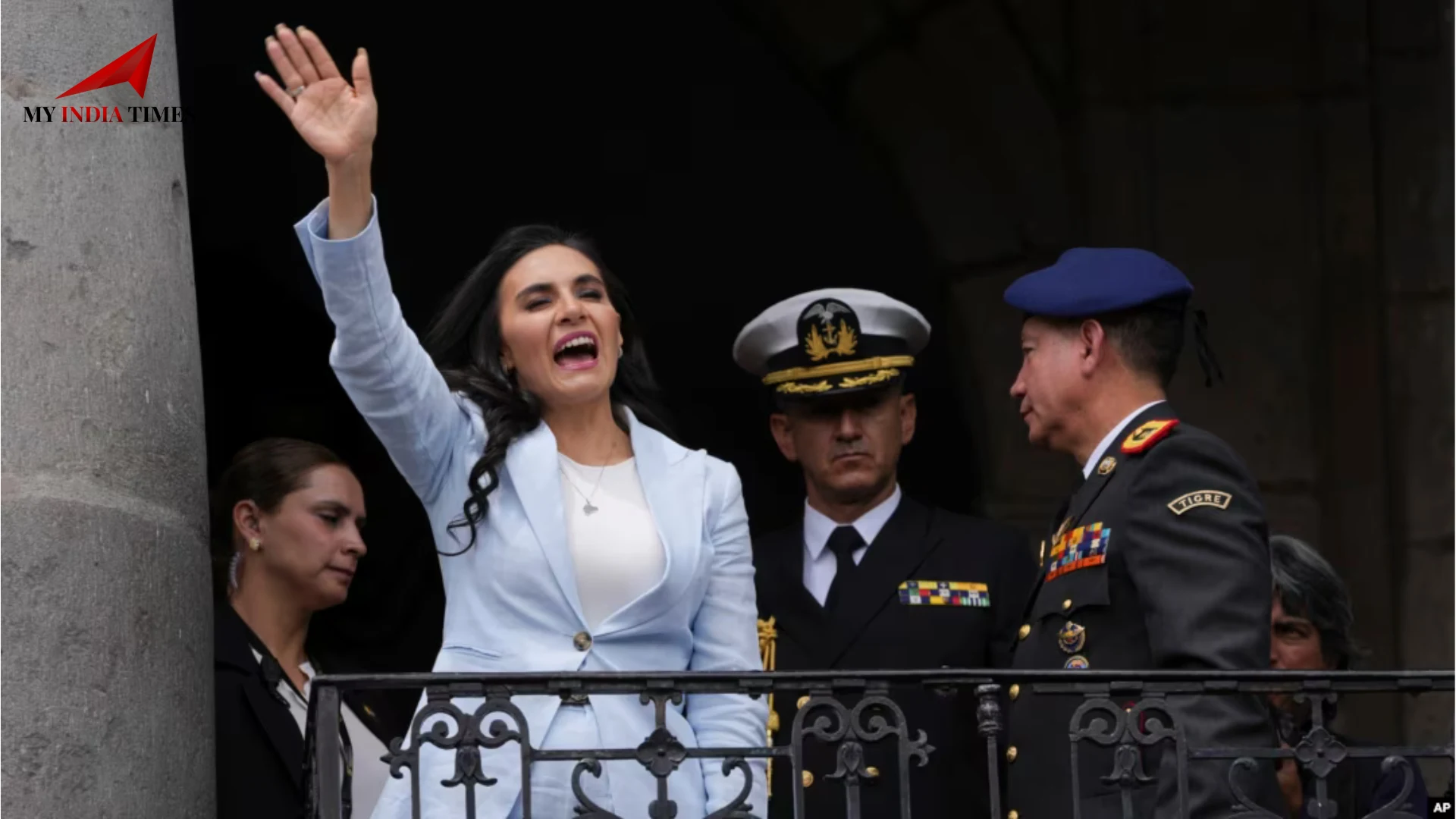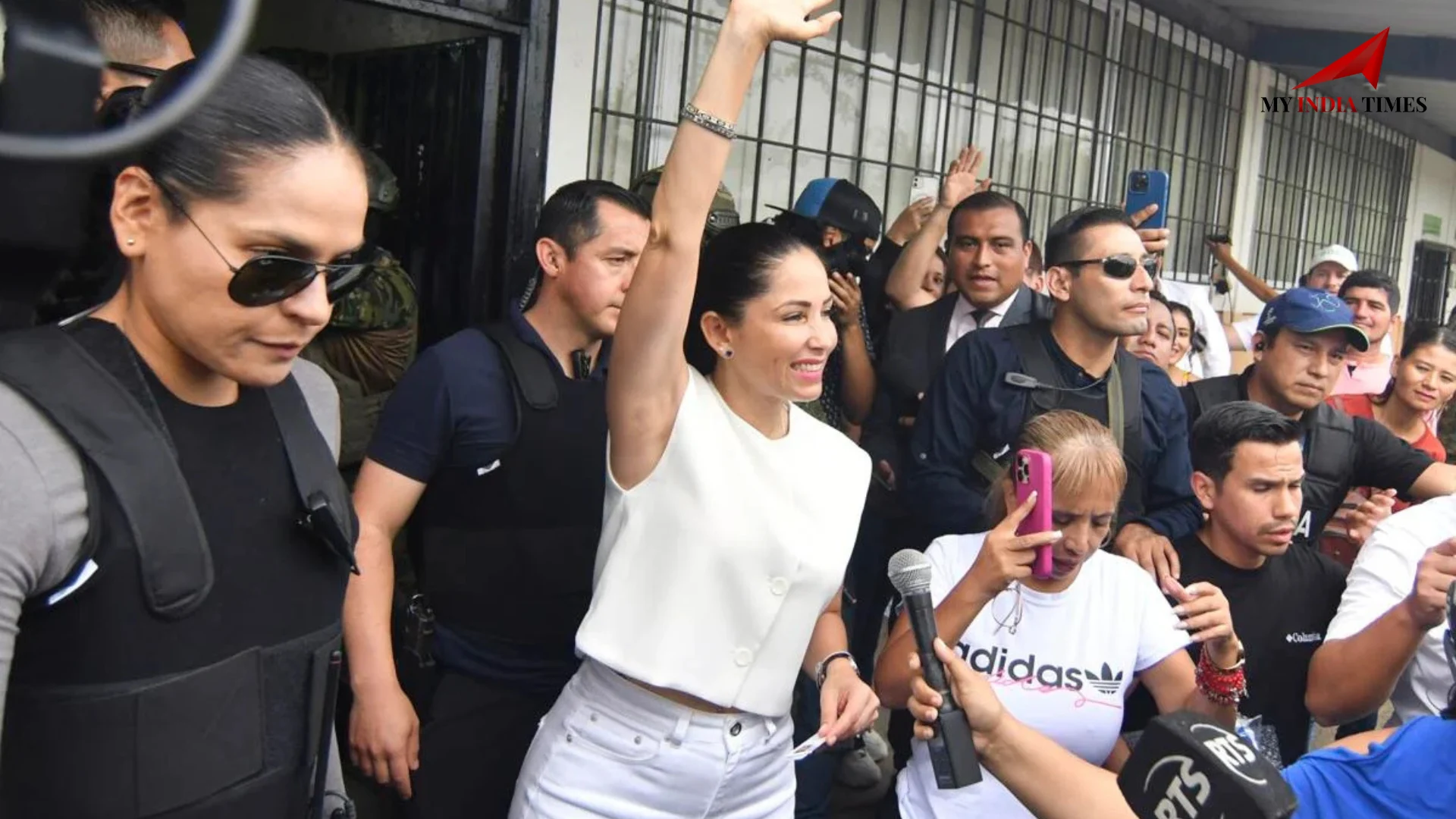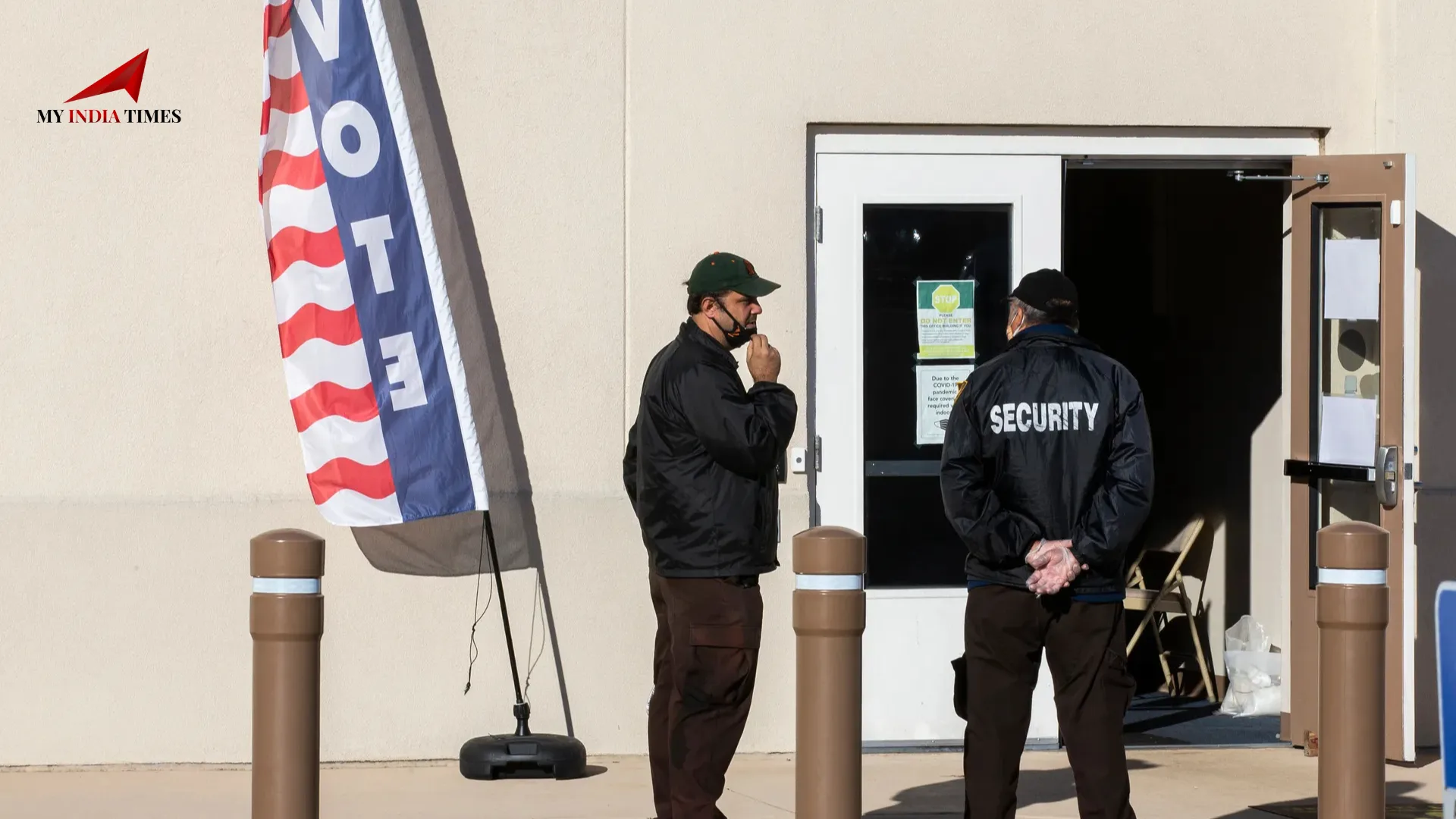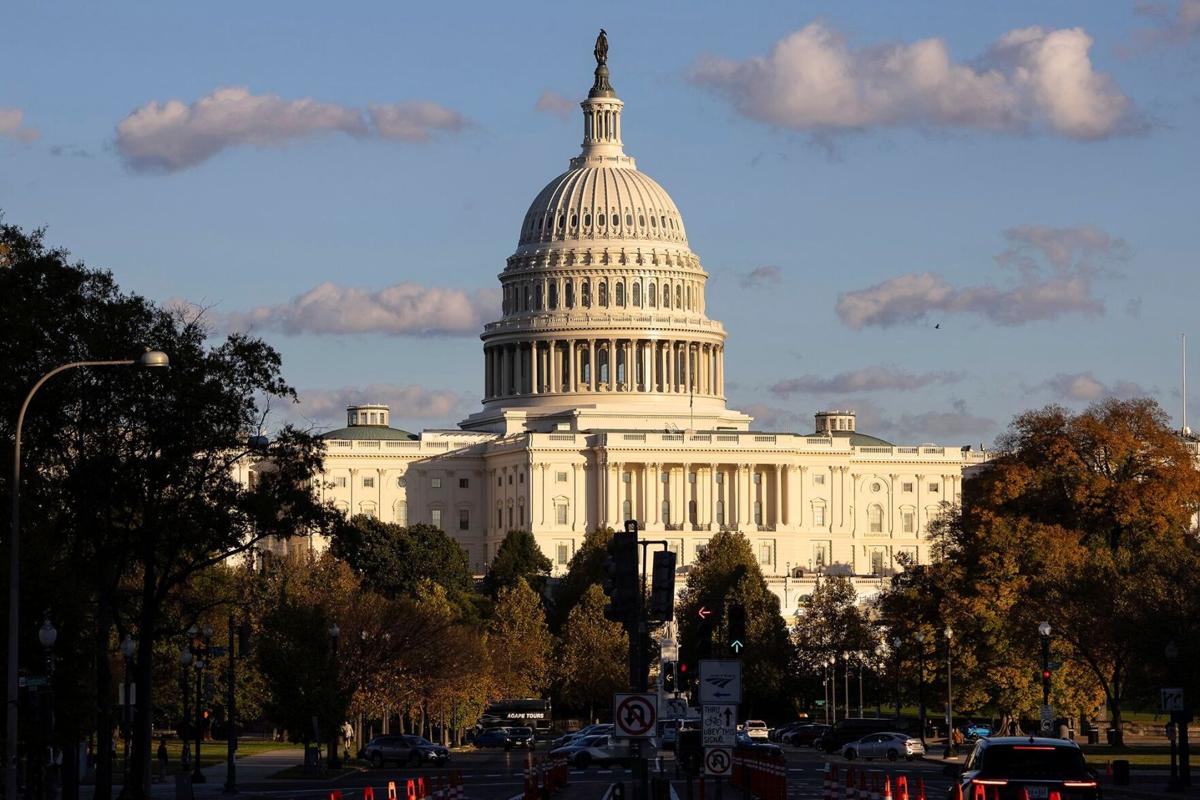Why Is the U.S. Presidential Election Held on a Tuesday in November?
A Tradition Dating Back Nearly Two Centuries
On Tuesday, November 5, millions of Americans will head to the polls to decide who will become the 47th president of the United States. While the names on the ballot may change with every election cycle, one thing remains constant—Election Day always falls on a Tuesday in November.
This longstanding tradition, which has been in place for nearly 180 years, is rooted in the economic and social realities of 19th-century America. The decision to hold elections on a fixed day was made in 1845 when Congress passed a federal law standardizing the presidential election date. Before this, states could conduct elections over a 34-day period, leading to concerns that early results might influence voter turnout in states voting later.
By designating a single day for voting, Congress sought to create a fair and uniform process. But why Tuesday? The answer lies in a blend of agriculture, religion, and logistical considerations.
The Influence of Agriculture on Election Timing
In the mid-19th century, the United States was largely an agrarian society. A significant portion of the voting population consisted of farmers who lived in rural areas and had to travel considerable distances to cast their ballots. Unlike modern times, polling stations were not readily accessible in every town.
Congress recognized that holding elections on a day that interfered with farming activities could suppress voter participation. Mondays were ruled out because many voters would need to begin their journey on a Sunday, which clashed with religious observances.
Wednesdays were also impractical, as they were widely recognized as market days, during which farmers conducted business and sold their goods. By process of elimination, Tuesday became the most logical choice—allowing voters ample time to travel without disrupting their workweek.
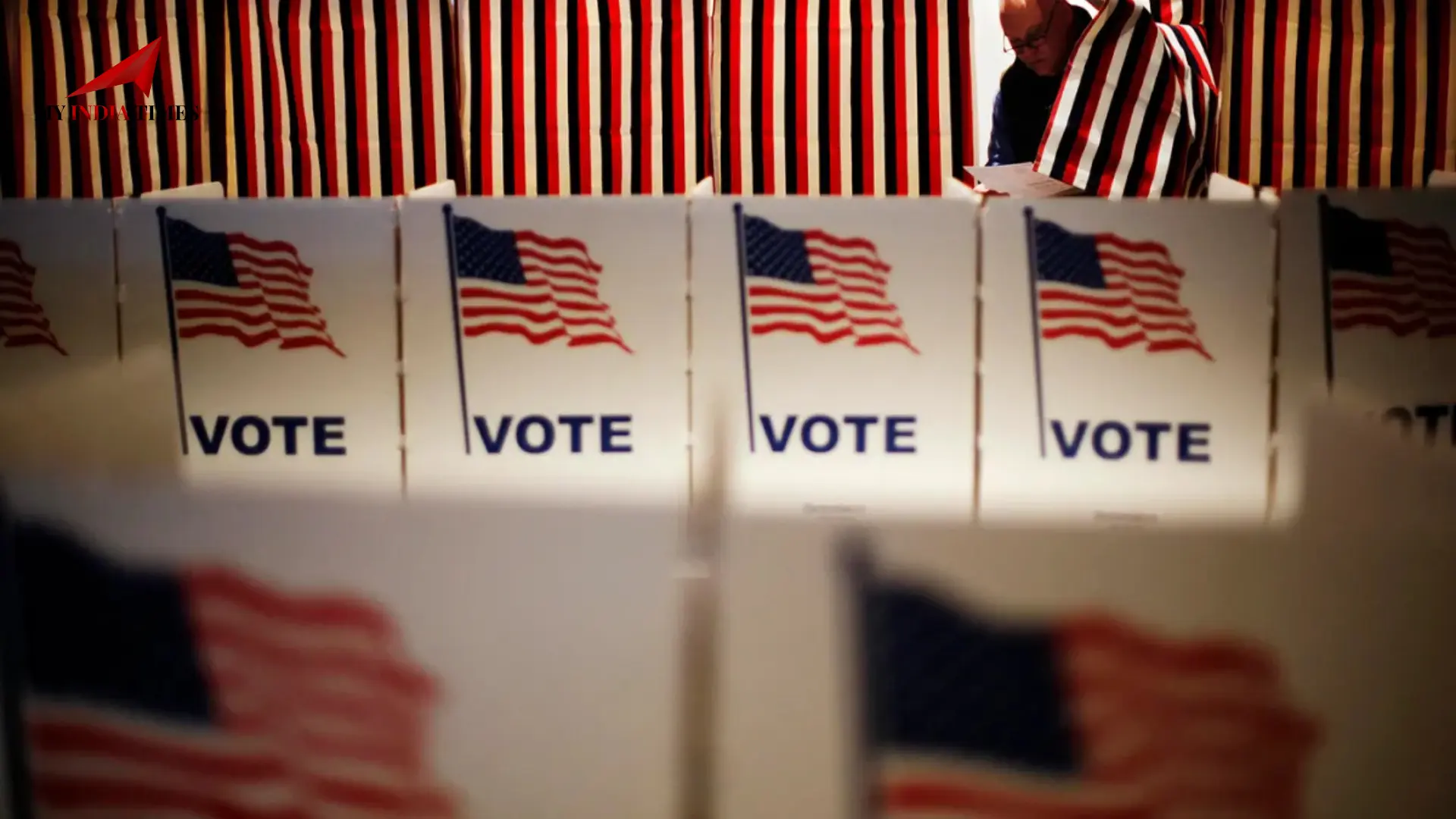
Why November? The Role of Seasons and Religion
Beyond choosing the most convenient day of the week, lawmakers also had to consider the time of year when scheduling elections. The month of November was selected primarily for practical reasons.
By early November, the harvest season was largely complete, ensuring that farmers were not preoccupied with critical agricultural duties. At the same time, winter had not yet set in, allowing voters in colder regions to travel before harsh weather made it difficult.
Religion also played a subtle role in the decision. Election Day was set as the first Tuesday following the first Monday in November to avoid November 1—All Saints' Day, a Christian holiday observed by many at the time. This provision ensured that religious observances would not interfere with voter turnout.
Urban Voters Were Not the Primary Consideration
While it is true that cities like New York, Boston, and Philadelphia were already bustling urban centers by the mid-1800s, the voting system was designed with rural voters in mind. Urban dwellers had easier access to polling stations, so their participation was less of a logistical concern.
Congress prioritized making elections accessible for those in rural areas, ensuring that travel constraints would not disenfranchise farmers and other laborers who lived far from polling places. This agricultural bias in scheduling remains one of the reasons why Tuesday remains the designated election day, despite the country’s shift toward a modern, urban economy.
Why Not a Federal Holiday? Calls for Change Over the Years
Over time, some have questioned whether the Tuesday election tradition is outdated. Many countries, particularly in Europe, hold elections on weekends to maximize voter participation. Others, including the United Kingdom, hold elections on weekdays but declare them national holidays.
In the U.S., there have been periodic calls to either move Election Day to a weekend or make it a federal holiday to make voting more accessible. Some states, such as West Virginia and Rhode Island, have already declared Election Day a state holiday. However, a nationwide change would require federal legislation, which has proven difficult to pass due to political gridlock.
How Early Voting Has Changed the Election Process
While Election Day remains officially set for a Tuesday, the way Americans vote has evolved significantly. In recent years, early voting and mail-in voting have gained widespread popularity, reducing the importance of a single-day election.
According to The Center for Election Innovation and Research, in the 2000 presidential election, only 40% of Americans had access to early voting options. By the 2024 election, nearly 97% of eligible voters will have the opportunity to cast their ballots before Election Day, either through mail-in voting or in-person early voting.
Political experts argue that Election Day has effectively become the “final day” rather than the “only day” to vote. With ballots being cast over weeks rather than a single day, the urgency to change the official Tuesday voting date has diminished.
A Tradition That Endures
Despite significant changes in voting methods and demographics, the tradition of holding U.S. elections on a Tuesday in November remains intact. What started as a practical decision for 19th-century farmers has become an enduring part of American democracy.
While debates about making Election Day more accessible continue, the widespread adoption of early voting has provided voters with more flexibility than ever before. For now, the first Tuesday after the first Monday in November remains the final day of one of the world’s most watched democratic processes.



